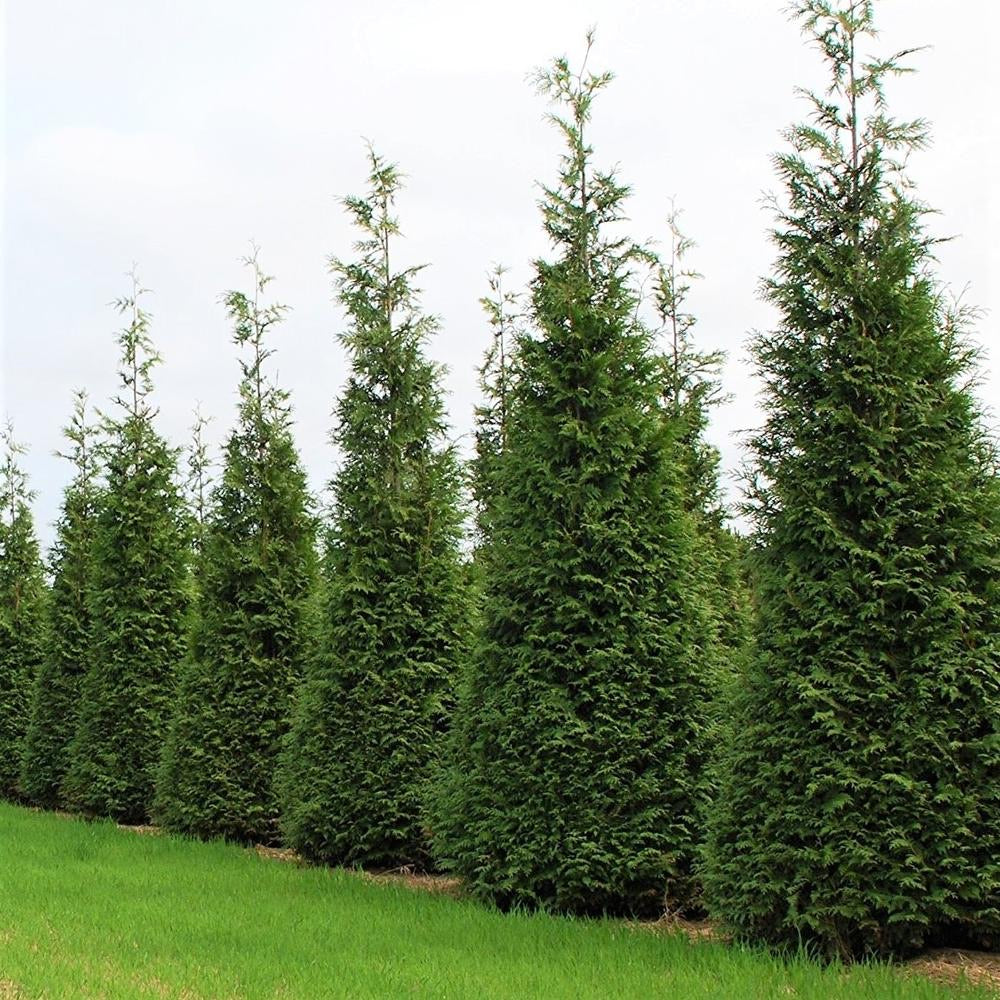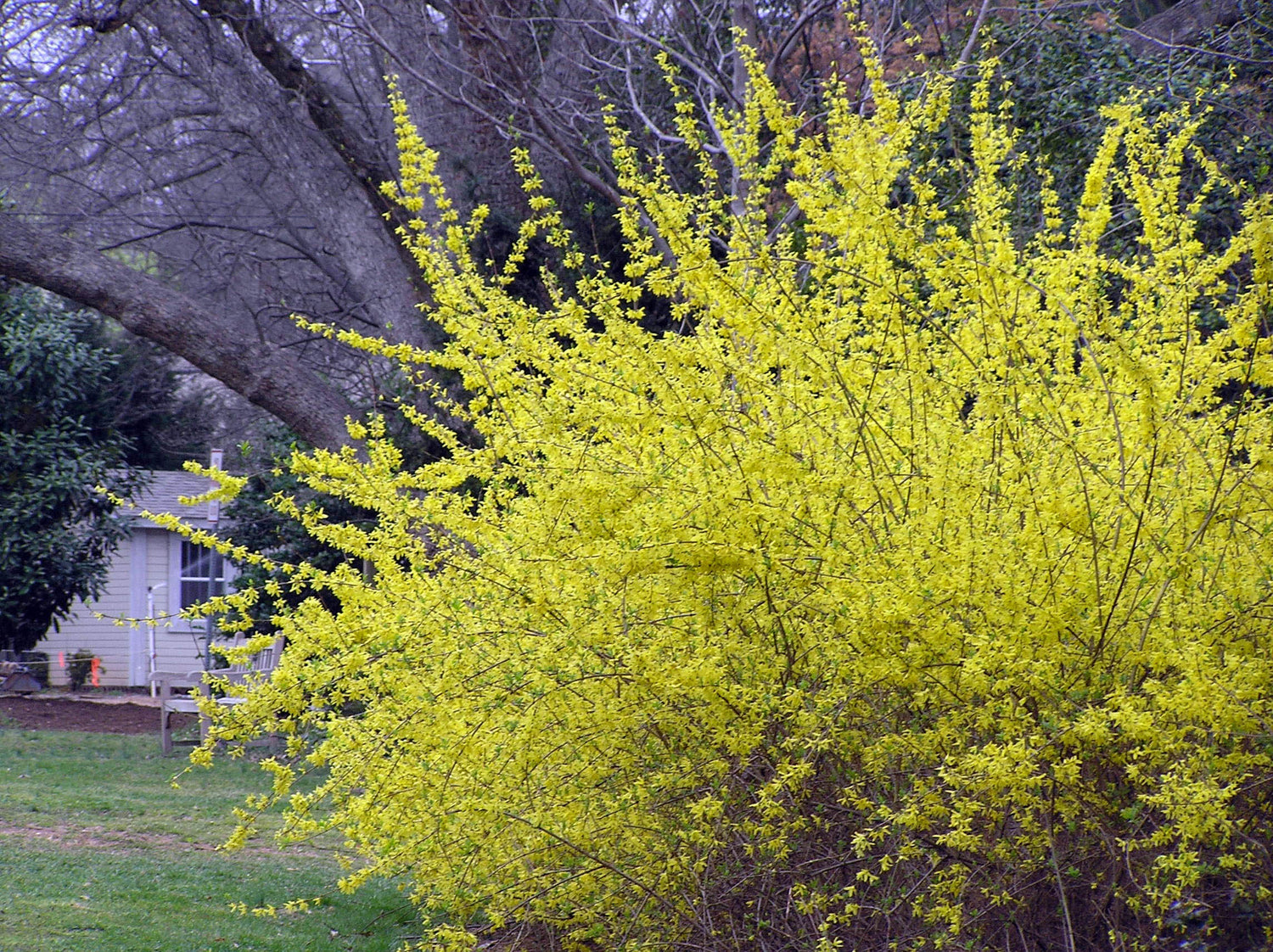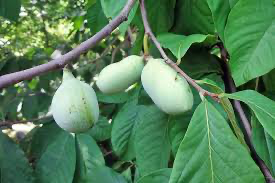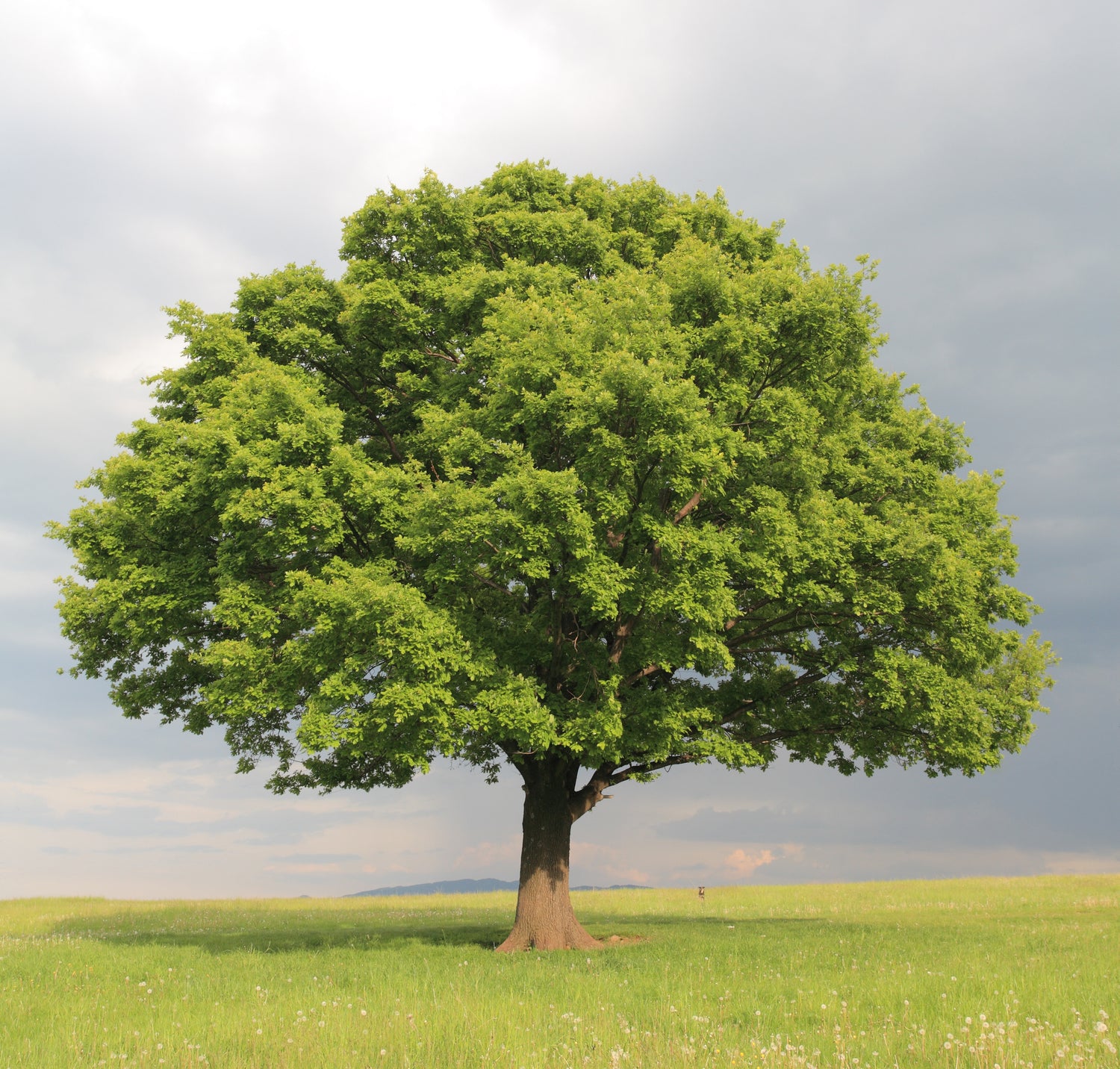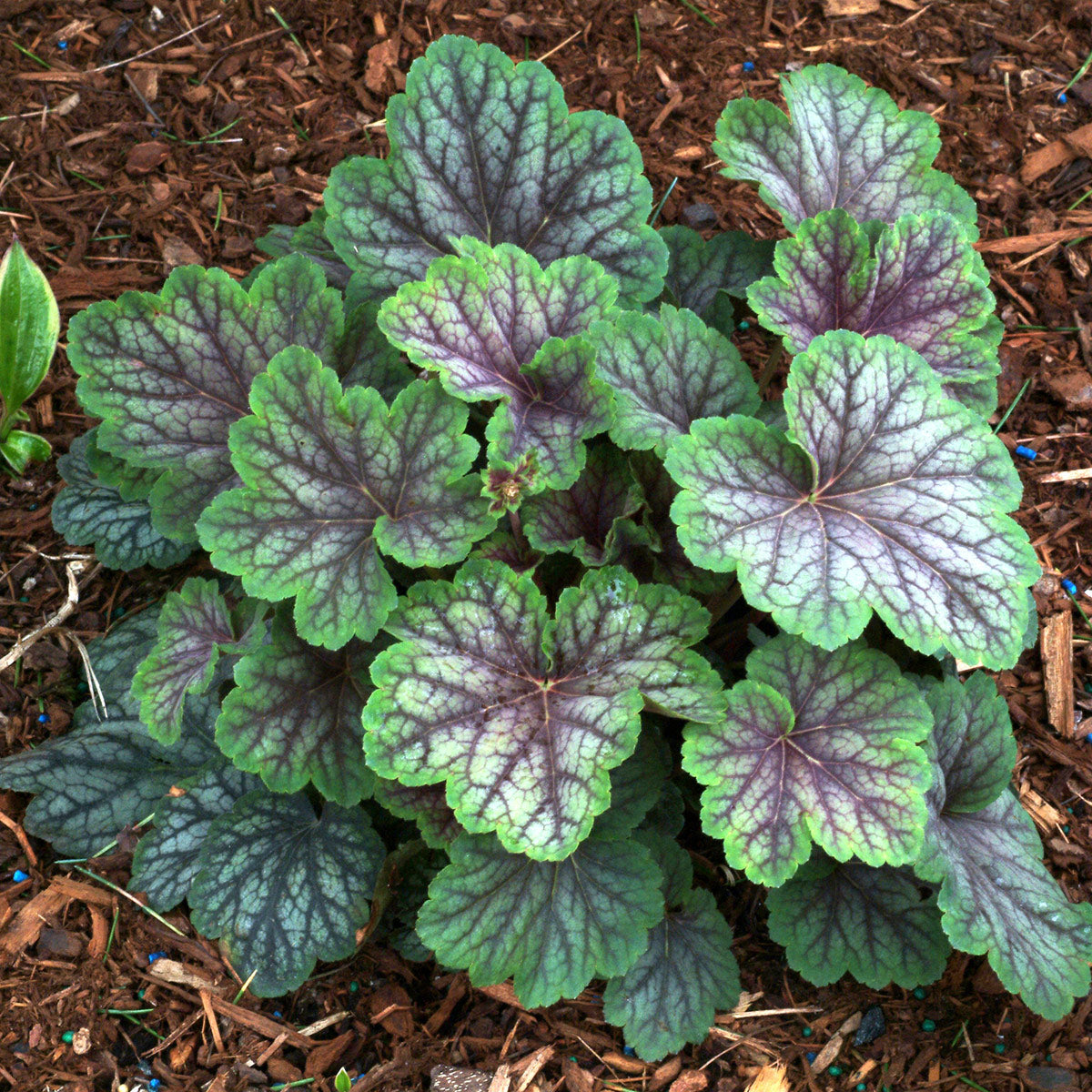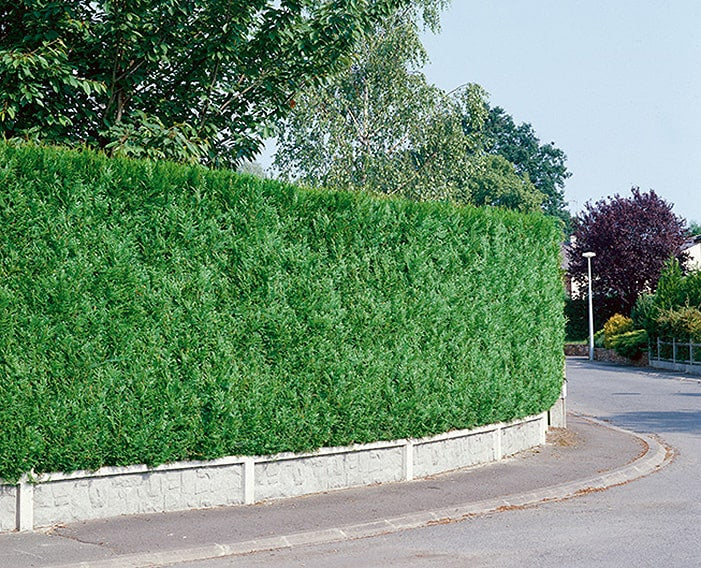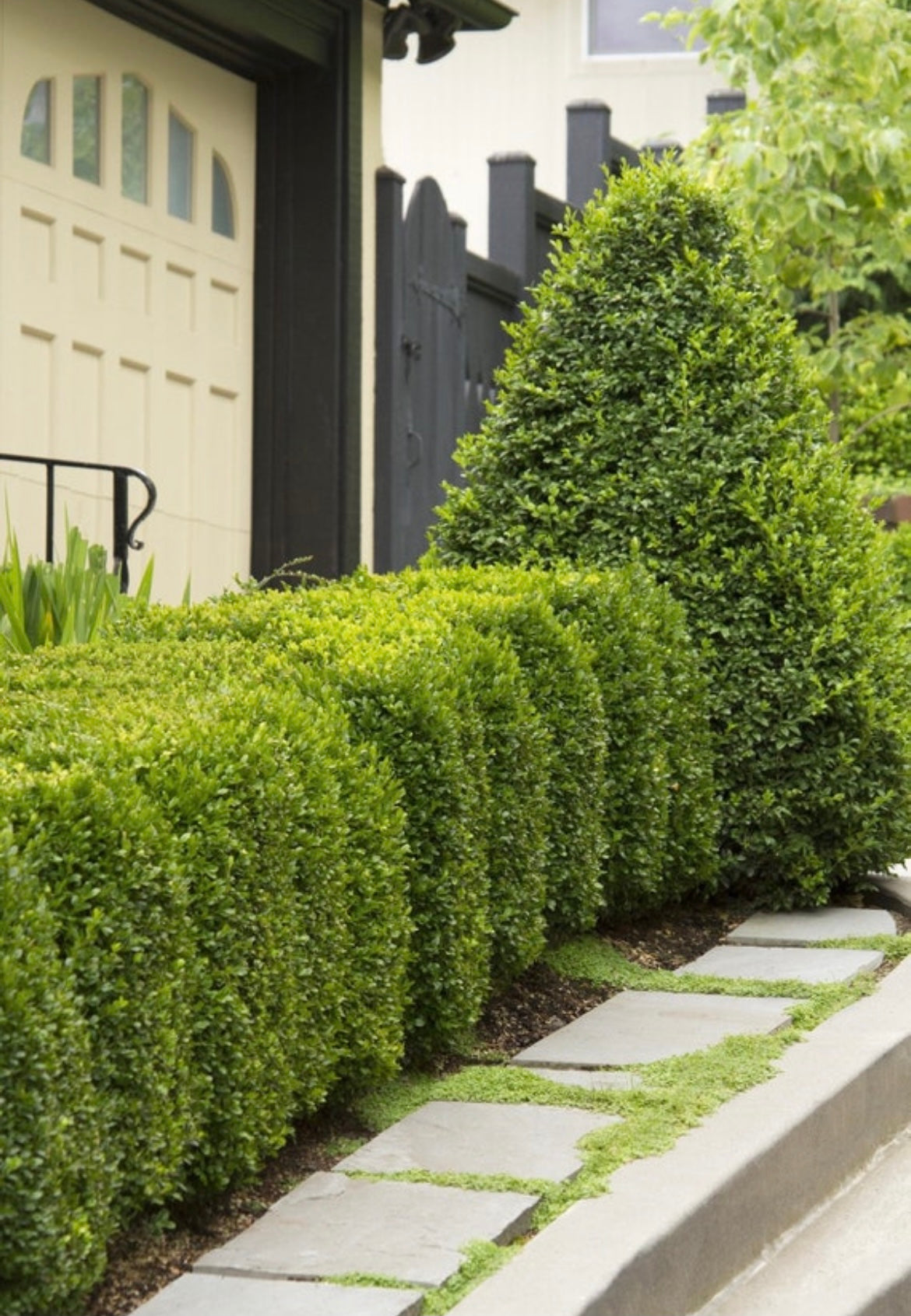
Why Hostas Are a Must-Have in Any Garden
If there’s one plant that thrives with minimal effort while adding lush, elegant foliage to your garden, it’s the hosta. These shade-loving perennials are incredibly easy to grow, making them perfect for beginners and seasoned gardeners alike. Whether you need a plant to brighten up a shady spot, fill in a border, or create a low-maintenance landscape, hostas check all the boxes.
We’ve been growing hosta plants for years, and we love how versatile and dependable they are. Plus, with so many different sizes, shapes, and colors, there’s a hosta for every garden! Some varieties have deep green leaves, while others show off variegated white, blue, or yellow tones.
Looking for large, bold hostas? Check out our Giant Green Hosta—it’s one of our favorites for making a statement in the garden!
What Does a Hosta Look Like?
Hostas are all about lush foliage, and they come in a variety of leaf shapes and colors. Some have wide, heart-shaped leaves, while others feature narrow, rippled edges. Their texture ranges from smooth to deeply veined, adding interest to your garden year-round.
Common Hosta Features:
- Leaf Colors: Green, blue, yellow, white, or variegated combinations
- Growth Habit: Mounded, spreading, or upright
- Flowers: Tall stalks with bell-shaped blooms in shades of purple, lavender, or white
- Size Range: Small varieties (6 inches tall) to giant hostas (up to 3 feet tall)
Want to see more examples? Check out our Hosta Image Guide to get a better idea of what they look like!

Best & Worst Places to Plant Hostas
Where you plant your hosta plants makes a big difference in how they grow and how vibrant their foliage will be. While hostas are incredibly adaptable, they do have preferences when it comes to light, soil, and moisture.
Best Locations for Hostas:
✔ Shady or partially shaded areas – Hostas thrive in filtered sunlight or dappled shade.
✔ Under trees or along fences – Provides protection from harsh afternoon sun.
✔ Along walkways, garden borders, and patios – Adds a soft, elegant touch to landscaping.
✔ Moist, well-drained soil – Hostas love rich, slightly damp soil but don’t like to sit in standing water.
✔ Paired with other perennials – Works well with daylilies and black-eyed Susans for a colorful contrast.
Where Not to Plant Hostas:
❌ Full sun – Too much direct sunlight can scorch the leaves, causing brown edges and faded color.
❌ Poorly drained areas – Hostas don’t like sitting in waterlogged soil, which can cause root rot.
❌ Near deer trails – Hostas are like candy to deer, so plant them in protected areas or use deterrents.
If you need more shade-loving plants to pair with hostas, check out our Ground Cover Collection.
Sun or Shade? Where Do Hostas Grow Best?
Hostas are known as shade plants, but not all varieties need deep shade! Some can handle more sun, while others require full shade to thrive.
Sunlight Preferences by Hosta Type:
- Full Shade Hostas – Dark green and blue hostas, like Hosta First Frost, do best with very little direct sun.
- Partial Sun Hostas – Yellow and variegated varieties can handle morning sun, but need afternoon shade.
- Sun-Tolerant Hostas – Some light-colored hostas tolerate more sun but still need consistent moisture.
The general rule? The lighter the leaf color, the more sun it can handle! But for best results, morning sun and afternoon shade is ideal for most hostas.
How to Plant Hostas: Best Time & Planting Tips
Planting hosta plants is easy, but getting them off to the right start ensures healthy growth and vibrant foliage. Whether you're planting bare-root hostas or potted plants, follow these simple steps for success.
Best Time to Plant Hostas:
✔ Spring or Fall – These seasons give hostas time to establish strong roots.
✔ Avoid mid-summer planting – The heat can stress young plants, making them more vulnerable.
✔ Early morning or late afternoon – Plant when temperatures are cooler to prevent shock.
How to Plant Hostas:
1️⃣ Dig a hole about twice as wide as the root ball, but only as deep as the roots.
2️⃣ Loosen the soil and mix in organic compost for better drainage and nutrients.
3️⃣ Place the hosta in the hole, making sure the crown (where the leaves meet the roots) is level with the soil.
4️⃣ Backfill with soil, gently pressing down to remove air pockets.
5️⃣ Water deeply after planting to help the roots settle in.
6️⃣ Apply mulch around the base to retain moisture and suppress weeds.
Want to mix hostas with other low-maintenance perennials? Check out our Perennial Collection for great companion plants.
Hosta Care: Watering, Fertilizing & Maintenance
One of the best things about hostas? They’re incredibly low-maintenance! But a little care will keep them looking their best year after year.
Watering Hostas
💧 Water once or twice a week, depending on weather conditions.
💧 Deep watering is better than frequent light watering—soak the soil to encourage strong roots.
💧 If the leaves start drooping, that’s a sign your hosta needs water.
Fertilizing Hostas
🌱 Use a balanced slow-release fertilizer (10-10-10) in early spring.
🌱 Avoid over-fertilizing—it can make leaves thin and weak.
🌱 A top layer of compost or organic mulch can provide nutrients naturally.
Pruning & Winter Prep
✂ Cut back dead foliage in late fall or after the first frost.
✂ Apply a layer of mulch in colder climates to protect the roots.
✂ In spring, remove old mulch and refresh with new organic material.
Want more perennial care tips? Read our guide on perennials vs. annuals.
Some of our potted hostas emerging in mid spring here in zone 6. 
How to Plant Hostas: Best Time & Planting Tips
Planting hosta plants is easy, but getting them off to the right start ensures healthy growth and vibrant foliage. Whether you're planting bare-root hostas or potted plants, follow these simple steps for success.
Best Time to Plant Hostas:
✔ Spring or Fall – These seasons give hostas time to establish strong roots.
✔ Avoid mid-summer planting – The heat can stress young plants, making them more vulnerable.
✔ Early morning or late afternoon – Plant when temperatures are cooler to prevent shock.
How to Plant Hostas:
1️⃣ Dig a hole about twice as wide as the root ball, but only as deep as the roots.
2️⃣ Loosen the soil and mix in organic compost for better drainage and nutrients.
3️⃣ Place the hosta in the hole, making sure the crown (where the leaves meet the roots) is level with the soil.
4️⃣ Backfill with soil, gently pressing down to remove air pockets.
5️⃣ Water deeply after planting to help the roots settle in.
6️⃣ Apply mulch around the base to retain moisture and suppress weeds.
Want to mix hostas with other low-maintenance perennials? Check out our Perennial Collection for great companion plants.
Hosta Care: Watering, Fertilizing & Maintenance
One of the best things about hostas? They’re incredibly low-maintenance! But a little care will keep them looking their best year after year.
Watering Hostas
💧 Water once or twice a week, depending on weather conditions.
💧 Deep watering is better than frequent light watering—soak the soil to encourage strong roots.
💧 If the leaves start drooping, that’s a sign your hosta needs water.
Fertilizing Hostas
🌱 Use a balanced slow-release fertilizer (10-10-10) in early spring.
🌱 Avoid over-fertilizing—it can make leaves thin and weak.
🌱 A top layer of compost or organic mulch can provide nutrients naturally.
Pruning & Winter Prep
✂ Cut back dead foliage in late fall or after the first frost.
✂ Apply a layer of mulch in colder climates to protect the roots.
✂ In spring, remove old mulch and refresh with new organic material.
Want more perennial care tips? Read our guide on perennials vs. annuals.
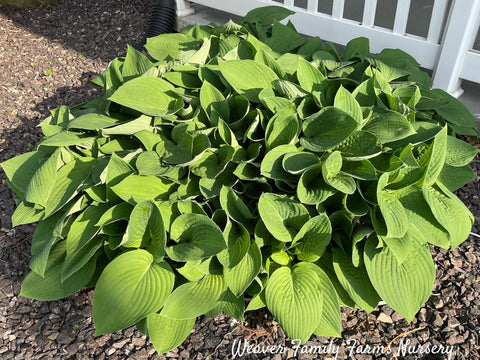
Do Hostas Attract Anything? (Good & Bad)
Hostas are not only loved by gardeners—they attract a mix of beneficial pollinators and some unwanted pests.
Good Things Hostas Attract:
🦋 Bees, butterflies, and hummingbirds – Hostas produce tall flower spikes in summer, which are a magnet for pollinators.
🌿 Shade-loving companion plants – Hostas mix well with daylilies and liriope to create a lush landscape.
The Bad: Hostas & Pests
🦌 Deer love hostas – If you have deer in your area, they might snack on your plants. Consider planting deer-resistant plants like lamb’s ear, such as Helene Von Stein, nearby.
🐌 Slugs and snails – These pests are attracted to the moist, shady leaves of hostas. Keep the area free of excessive mulch and use gravel or crushed eggshells to deter them.
If you're looking for pest-resistant perennials, check out our collection here.
Are Hostas Poisonous to Dogs?
If you have pets, it’s important to know that hostas are toxic to dogs and cats. While they aren’t the most dangerous plant out there, they can cause digestive upset if eaten.
What Happens If a Dog Eats a Hosta?
🐶 Mild symptoms: Vomiting, diarrhea, drooling.
🐶 Severe cases (if a large amount is eaten): Lethargy, loss of appetite.
If you have pets that like to chew on plants, consider planting hostas in areas they don’t have easy access to or choosing pet-safe plants instead.
Types of Hosta Plants: Which One is Right for You?
Hostas come in a wide range of sizes, colors, and leaf textures, making them one of the most versatile plants for shade gardens. Whether you need a compact ground cover or a large statement plant, there’s a hosta for every space!
Popular Types of Hostas:
- Small Hostas – Perfect for borders, rock gardens, and containers.
- Medium-Sized Hostas – A great all-purpose option for garden beds and landscaping.
- Large Hostas – Ideal for big spaces, like our Giant Green Hosta, which makes a bold statement.
- Upright Hostas – These varieties grow taller, such as Hosta Krossa Regal.
Want to explore even more varieties? Check out our guide on 20 popular hosta types.
Will Hostas Survive a Freeze?
Yes! Hostas are perennials, which means they naturally go dormant in winter and return each spring.
How to Help Hostas Survive Freezing Temperatures:
❄ In fall, cut back the leaves after the first frost to prevent rot.
❄ Apply a layer of mulch to insulate the roots, especially in colder climates.
❄ Remove old mulch in spring to prevent moisture buildup.
Even if a late frost damages new growth in spring, don’t panic—hostas are tough and will bounce back quickly!
Where to Buy Hostas?
If you're ready to add lush, shade-loving hostas to your garden, you’ve come to the right place! We grow and ship healthy, nursery-raised hosta plants straight from our small family farm in Missouri.
Why Buy Hostas from Us?
🌱 Quality You Can Trust – We’re a state-licensed nursery that takes pride in offering strong, healthy plants.
🚚 Fast, Safe Shipping – Your hostas arrive ready to plant and start growing.
🌿 Wide Selection – From classic varieties to unique options, we’ve got something for every garden.
Browse our Perennial Collection to find the perfect hosta for your landscape!
Final Thoughts: Are Hostas Right for Your Garden?
If you're looking for a low-maintenance, shade-loving perennial, hostas are an excellent choice. They bring texture, color, and easy care to any landscape, making them a must-have for beginners and experienced gardeners alike.
Why Plant Hostas?
✔ Thrive in shady or partially shaded areas
✔ Come in a variety of colors, sizes, and textures
✔ Low-maintenance and long-lived
✔ Pair well with other perennials like daylilies and black-eyed Susans
Want to learn more about choosing the best perennials for your garden? Check out our Learn More About Trees & Plants Blog.










